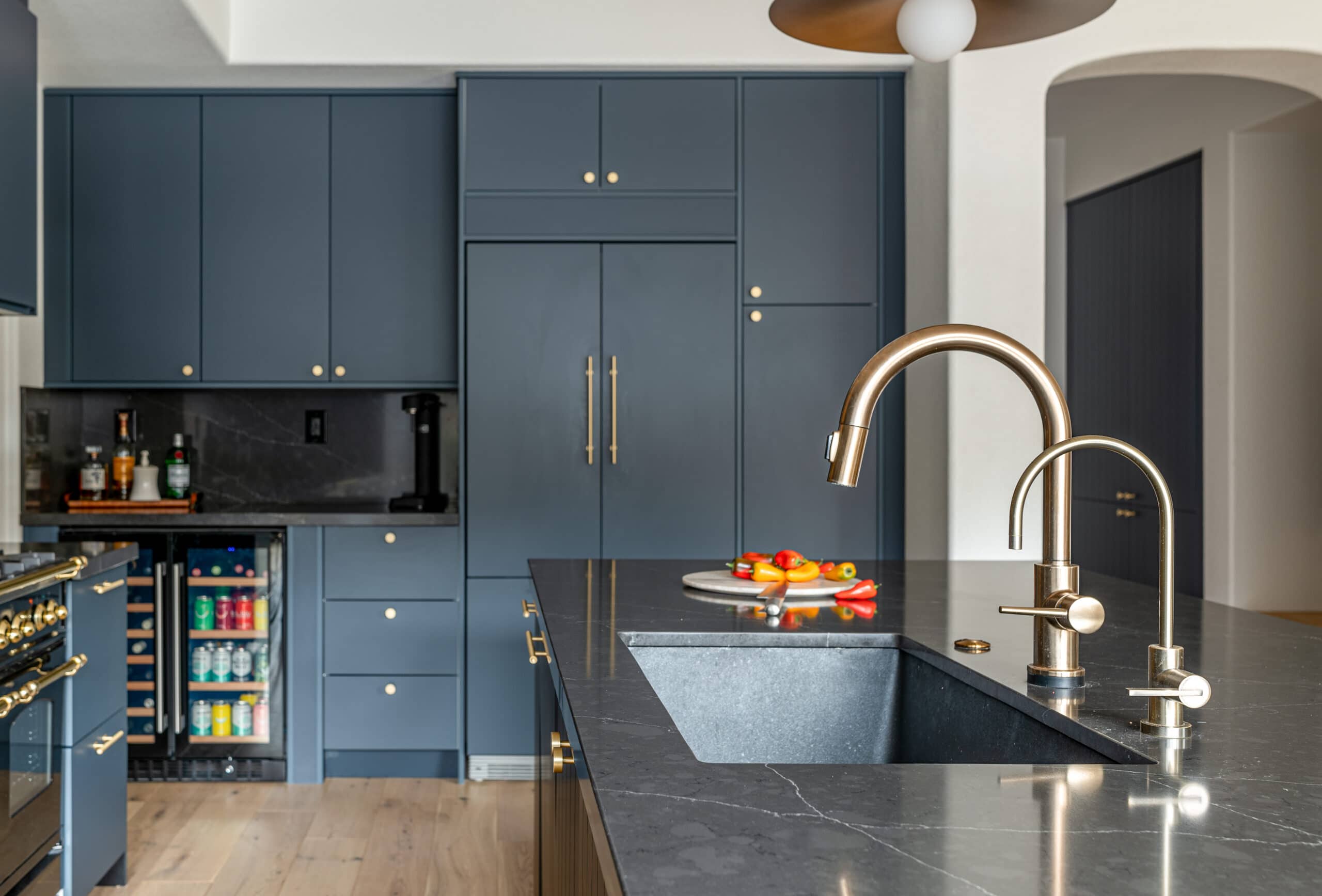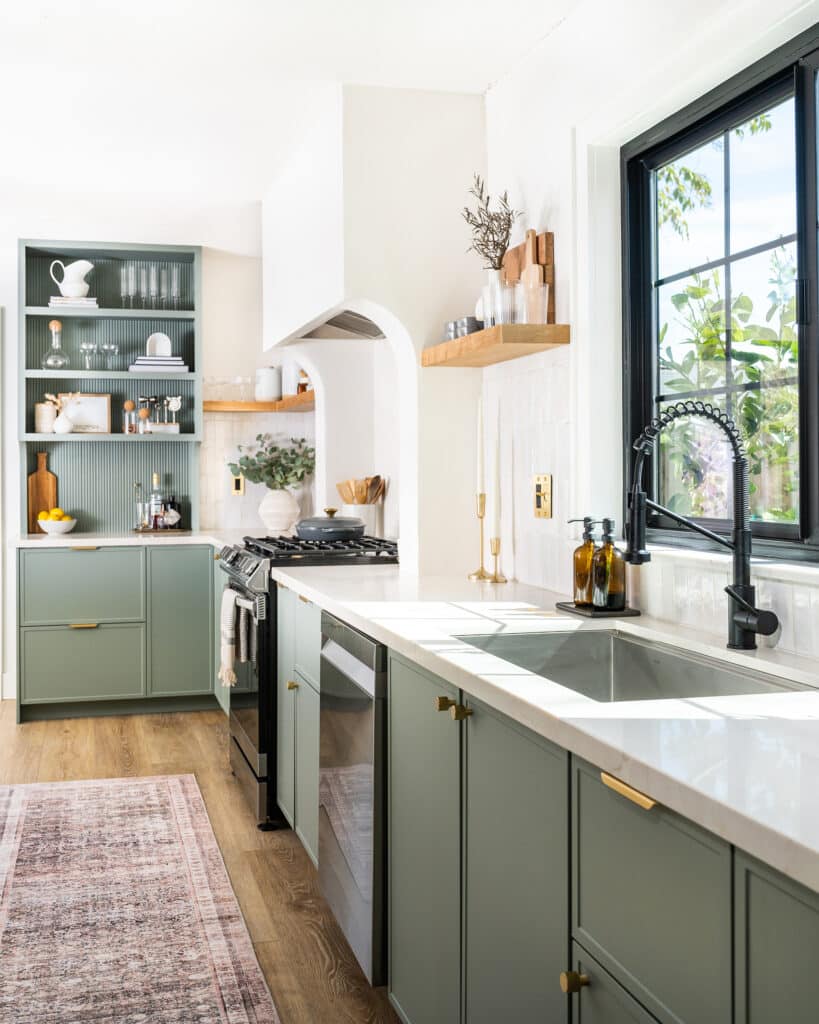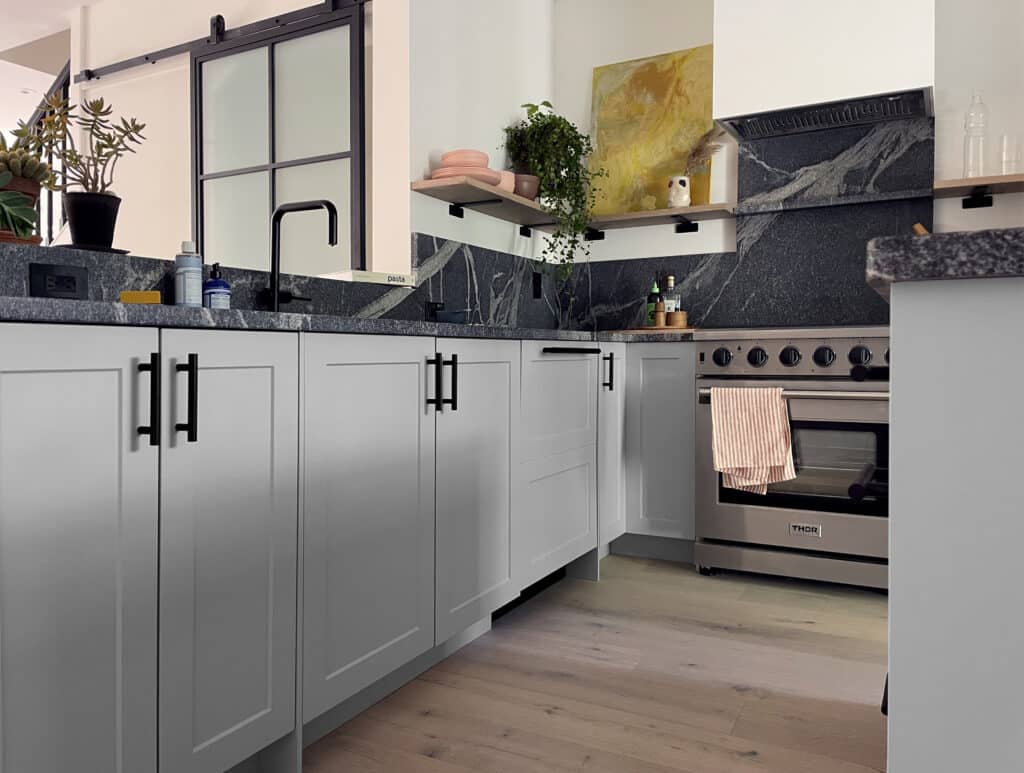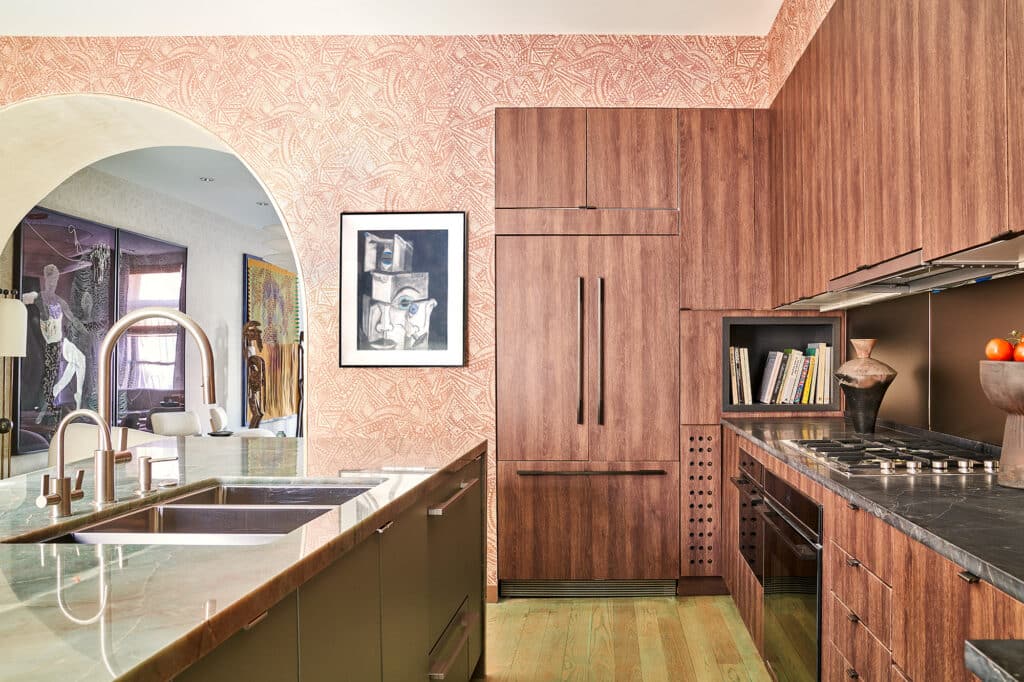Even the most minimal home renovation requires a meticulous eye. Once you’ve made all the fun decisions—which cabinet fronts to choose, what color palette best suits your space—you have to get down to the nitty gritty. More often than not, that means taking stock of small details that can easily go overlooked yet make a huge difference in the end result of your reno.
Luckily, interior designers have garnered plenty of expertise and experience to spot potential mistakes before they happen, and they have plenty of renovation advice that might not be so obvious to a DIY newbie. There’s no true substitute for a pro’s work—but you can at least learn from taking a good look at their stunning work.
Here, four designers explain their best tips for avoiding renovation mistakes that often go overlooked—and, importantly, what to do.
Do: Measure, Measure, Measure
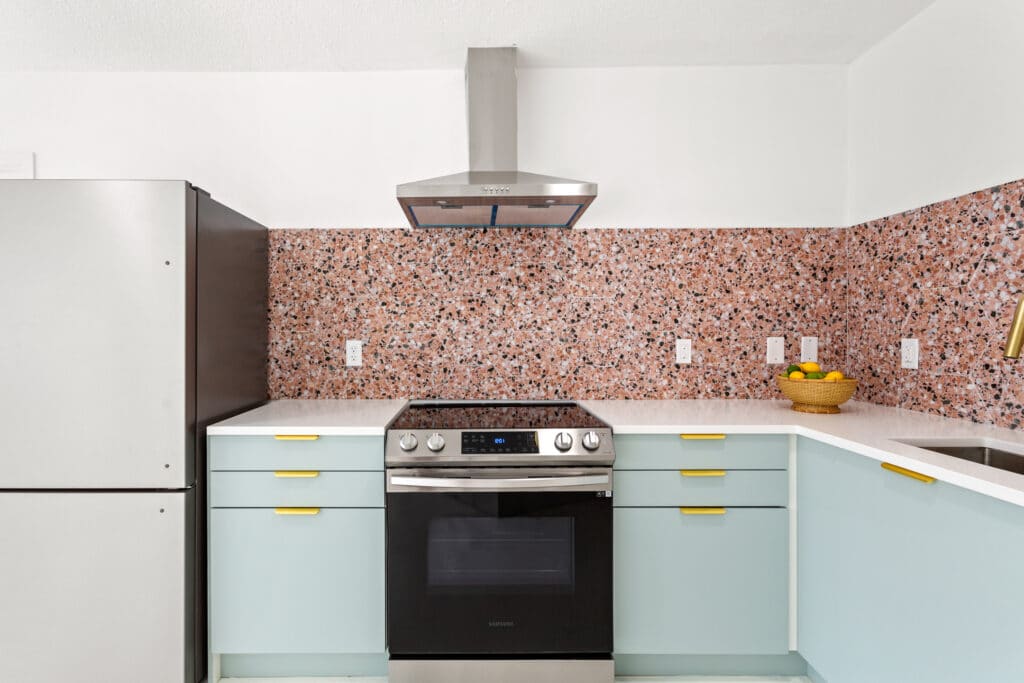
Design by Dwell October; Photography by Susannah Bothe
Functionality is always critical when it comes to kitchen design, but it’s all the more important when you’re working with limited space. When designing this kitchen, sisters Elizabeth and Lindsay Fair of the Salem, Massachusetts-based interior design studio Dwell October, utilized every nook and cranny, incorporating both a blind corner cabinet, as well as under-the-sink shelving. Ultimately, they say, DIYers can run into issues when they don’t fully assess their storage needs before figuring out where to place cabinets and shelves: “Are the drawers deep enough to fit your pots and pans? Are there enough shelves for all your glasses and coffee mugs?” Consider how to utilize every inch, and always measure more than once.
Do: Make Sure All Your Hardware Matches
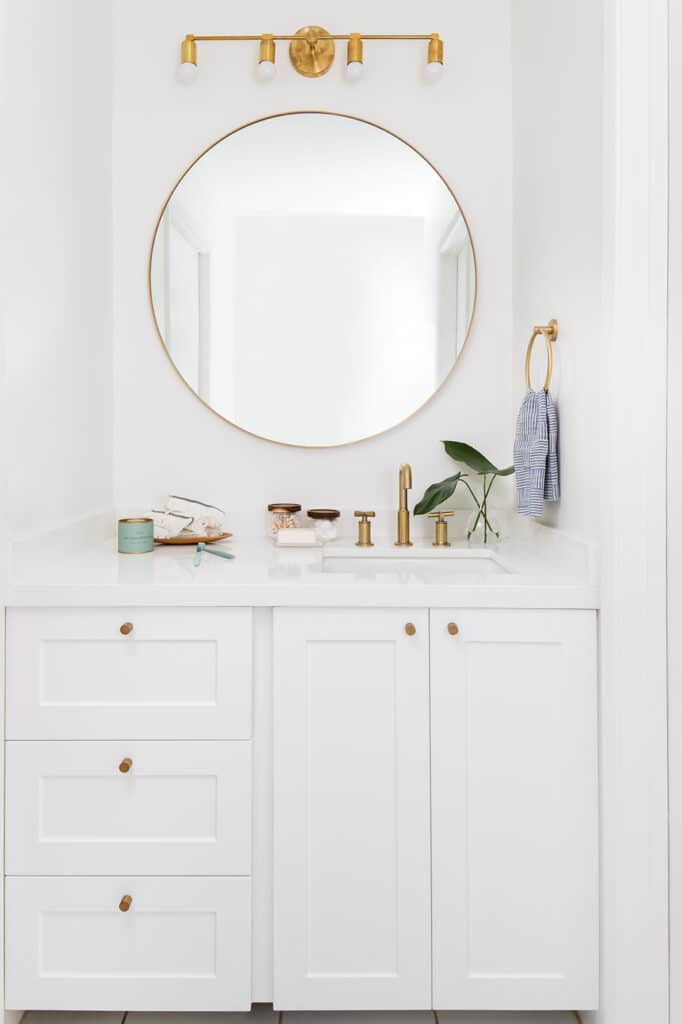
Design by Angela Hosny; Photography by Molly Rose Photography
Los Angeles-based architect and Gucci senior project manager Angela Hosny searched high and low for the perfect details that would make her BOXI bathroom look especially refined. She landed on simple drawer pulls for the vanity to give the space a modern look, and found a unique sconce on Etsy to position over the mirror. She loved how brass accents made the space look bright and sunny—but she says that attention to detail here is key. “If you’re buying finishes from different suppliers, make sure they all match,” she says. Brass drawer pulls from one store might not be quite the same brass as a wall sconce from another—so it’s always best to look at things together in person (and be mindful of store return policies).
Do: Think Outside the Box
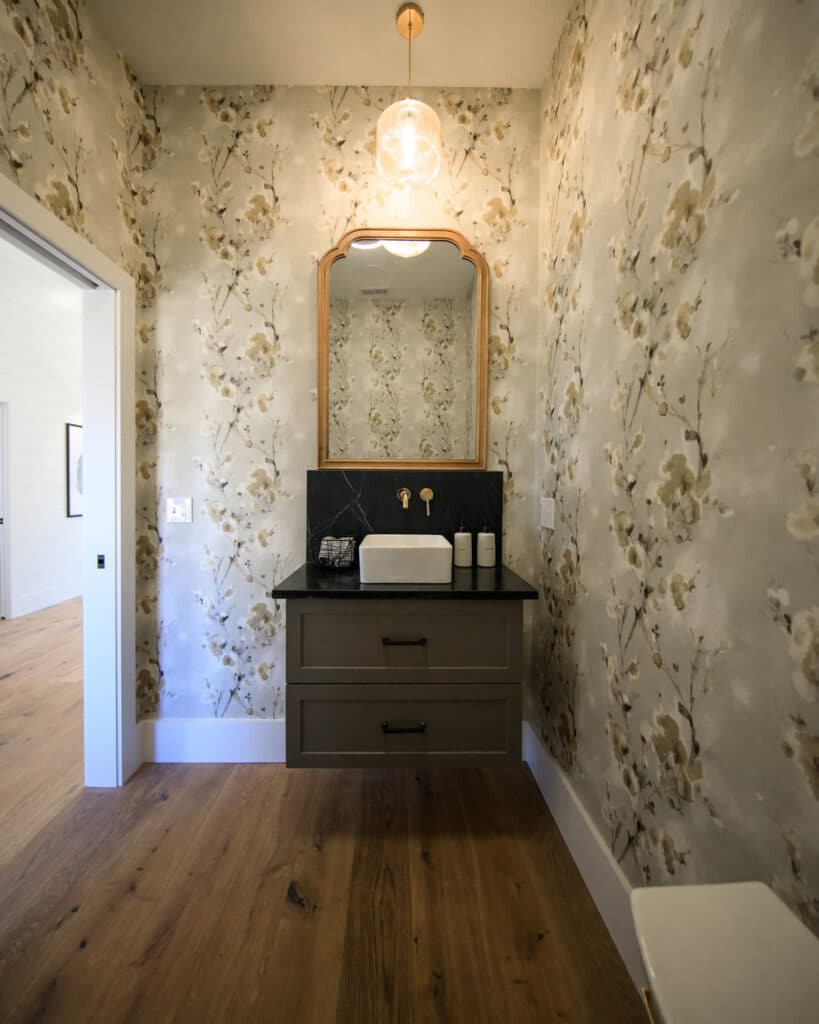
Design by Doyle Build; Photography by Heidii Redfern Photography
Small spaces are a great opportunity to step outside your comfort zone—so don’t assume that limited square footage means you have to make your renovation as simple as possible, says Amy Doyle of the Connecticut, Rhode Island, and Massachusetts-based design firm Doyle Build. In this bathroom, she used wallpaper by Candace Olson to make a detailed backdrop for an IKEA Godmorgon vanity outfitted with Semihandmade Supermatte Shaker fronts in grey. “Taking the opportunity to build upon a blank slate and try new things always ends up a win in my book,” she says.
Do: Work With the Space You Have
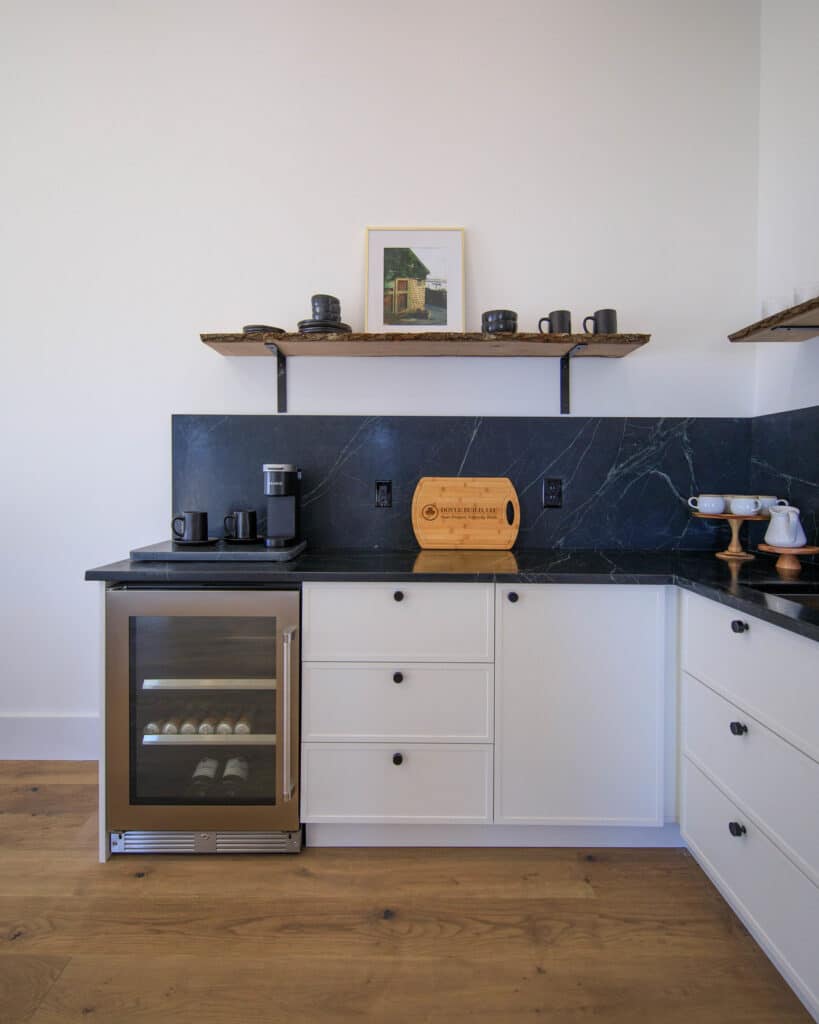
Design by Doyle Build; Photography by Heidii Redfern Photography
The right design decisions can prevent you from making your space look more cramped than it has to. While this kitchenette is small in size, its ceiling are over 12-feet tall. Doyle surmised that installing upper cabinets would make the space look smaller than it actually is, so, instead, she opted for simple shelves and substantial lower cabinets, outfitted with Semihandmade’s DIY SSS Quarterline fronts that were painted in Clare’s Whipped white paint. “Deciding to not install wall cabinets is not a new design concept, but we also exaggerated the soapstone backsplash to break up the white and used live edge shelves from the property for our displays,” she says. “Now when looking at the wall, your eye is drawn up and the entire wall is balanced and even.”
Do: Give Each Room Its Own Identity
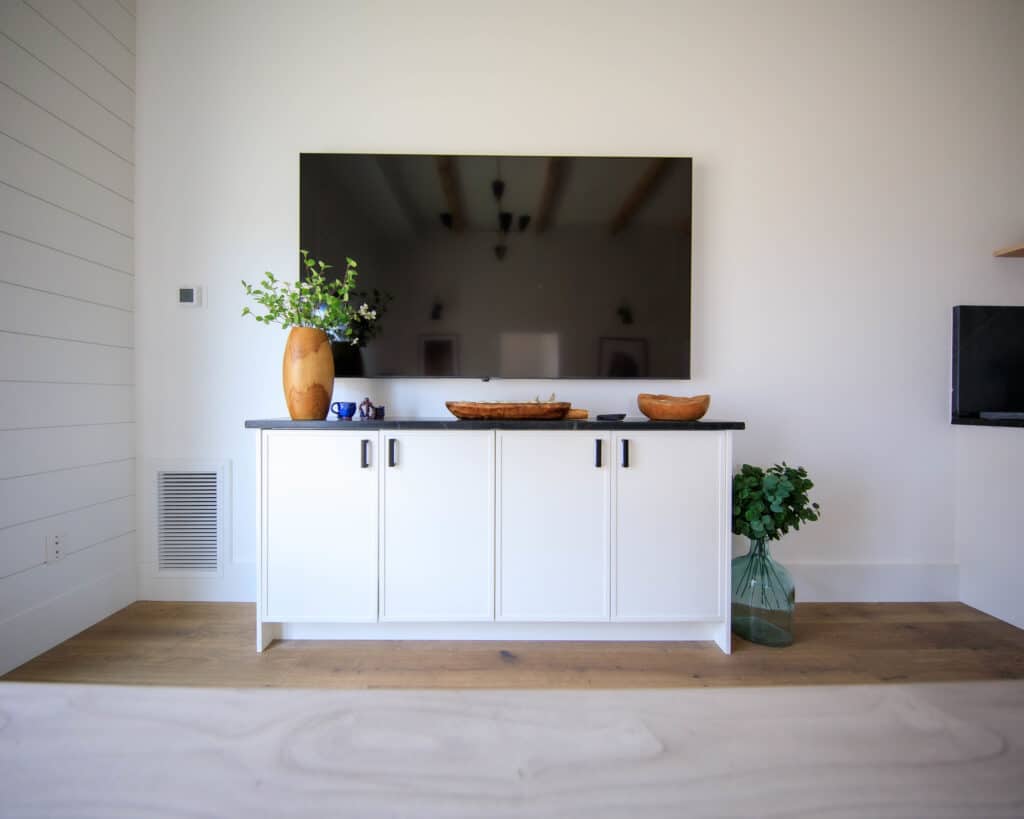
Design by Doyle Build; Photography by Heidii Redfern Photography
Designing an open floor plan space is particularly challenging, but small details make a big difference. “Because this console shares a wall with a kitchen, it was imperative that I made both spaces have their own identity,” Doyle says. She left a three-foot break between the console and the kitchen to give each space some distance, and chose different hardware for each respective space. In order to prevent the living space from looking too different from the kitchen—and therefore a little jarring—she kept some continuity with a similar color story between both open rooms.
Do: Be Diligent In Your Planning
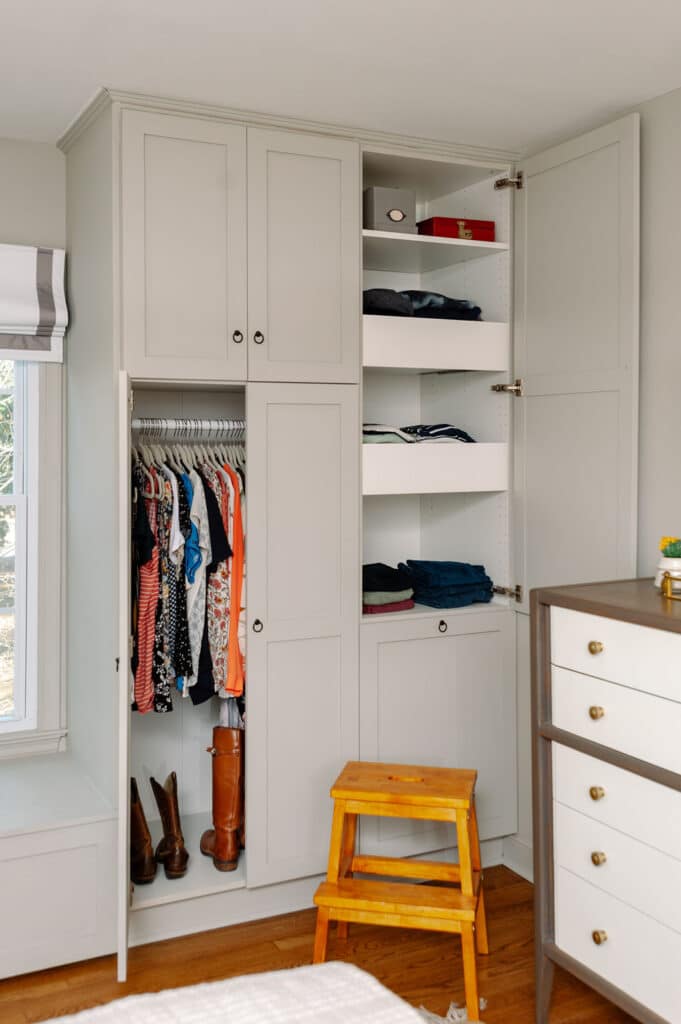
Design by Circle G Designs; Photography by Sera Petras Photography
With IKEA Sektion cabinets and Semihandmade Shaker fronts, Virginia-based interior designer Lauren Chapin of Circle G Designs was able to create a custom closet that felt architecturally interesting, yet totally functional. While IKEA and Semihandmade make it easily to create a semi-custom design, Chapin points out the Sektion cabinets don’t come in a complete range of cabinet sizes—you have to mix and match according to your needs, and that means really thinking about how you’ll use your wardrobe. “Make sure you utilize the IKEA planning tools to map out your space to scale,” she says. “It’s also important to take inventory of what you would like to store and how you would like to store it. I would go so far as labeling each cabinet on your drawings with a list of items you plan to store just to help you ensure you have enough space.”





